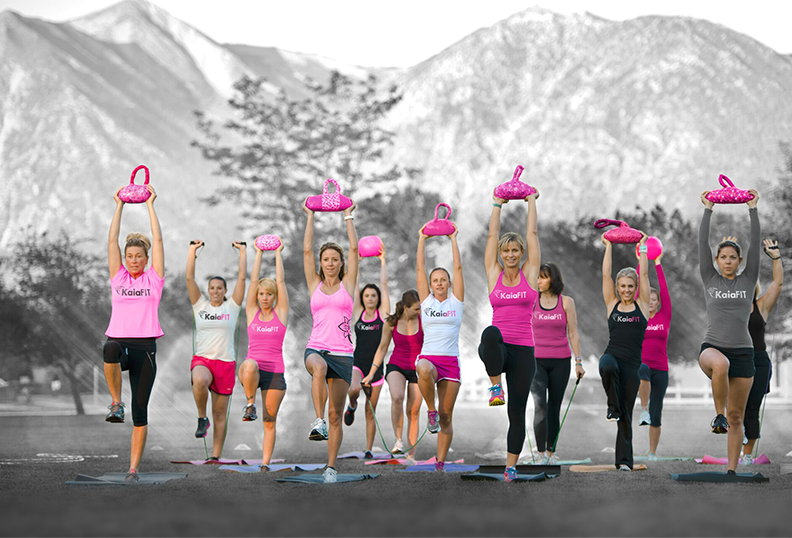
Lunges are a great bodyweight exercise that you can do anywhere.
Both forward lunges and reverse lunges have many things in common, they also offer unique benefits.
Both the forward and reverse lunges target the glutes, hamstrings, quads and calves, and core. Forward and reverse lunges are unilateral exercises, which means they work each leg separately. Focusing on building single-leg strength, as well as overall balance, stability, and coordination. These are all important for daily life. However, each variation of lunges works these muscles in slightly different ways and favors certain muscles over others.
Reverse lunges work more of the hamstrings (back of thighs) and glutes, where forward lunges focus more on the quads (front of thighs). Forward lunges will also likely challenge your core more than reverse lunges because stepping forward causes instability when the back heel comes off the ground. Your core has to work harder to stabilize. Moving into the forward lunge, make sure you step far enough forward to be able to stack your front knee over your front ankle. Many make the mistake of not stepping far enough forward, which causes them to let the front knee track past the ankle and even past the toes, putting extra pressure on the knee which we don’t want. Reverse lunges tend to be a gentler variation for all levels. In the reverse lunge, the front foot stays stable with the whole foot on the ground, and it allows us to control the placement of the knee over the ankle, protecting it.
When working on your lunge form, it’s easier to start with a reverse lunge than a forward lunge.
There’s less impact, meaning less stress on your knees. Start by standing up tall. Step back and drop your back knee toward the ground. Stop before your knee hits the ground. In the bottom position, both knees should be bent at 90 degrees. Pressing your front foot into the ground lift and bring your back forward to return to standing.
The Forward Lunge: Start by standing up tall. Moving into the forward lunge, make sure you step far enough forward to be able to stack your front knee over your front ankle. Step forward with one foot until your leg reaches a 90-degree angle. When you lunge, your torso should be as upright as possible. slide down dropping your back knee toward the ground. Press your front heel into the floor as you push back up to the starting position. Walking lunges are a variation on the forward lunge. Instead of standing back upright after performing a lunge on one leg, as you would in a static lunge, you walk or step forward by lunging out with the other leg moving you forward.
It’s worth learning how to perform each variation correctly, so you can incorporate both into your strength routine.
To maximize your efforts of each lunge focus on these form tips
- As you take your step be aware of your balance and stability. Brace the core and square your hips and feet in the same direction. Keep the torso upright with a neutral back.
- Keep your knees stacked over your ankles.
- The front knee is bent at a 90° pushing weight through the heel.
- Allow your toes to point in a natural direction, and make sure your knees point in the same direction.
- Lift the back heel of the ground, making sure they are aligned with the knee, then start lowering the back knee.
Knee drops toward the ground as you slide down into the lower part of the lunge, going as low as you have control. The back knee should be under the hip with the knee bent close to 90°
As you push off, be aware of knee alignment and not pushing into the front toes.
If you experience discomfort or pain, decrease your range of motion.
Once you have mastered your form on the forward and reverse lunges you can add dumbbells, kettlebells, medicine balls, or barbells for resistance. The added resistance from the weights recruits more muscle fibers, increases the heart rate, resulting in a more intense exercise.
